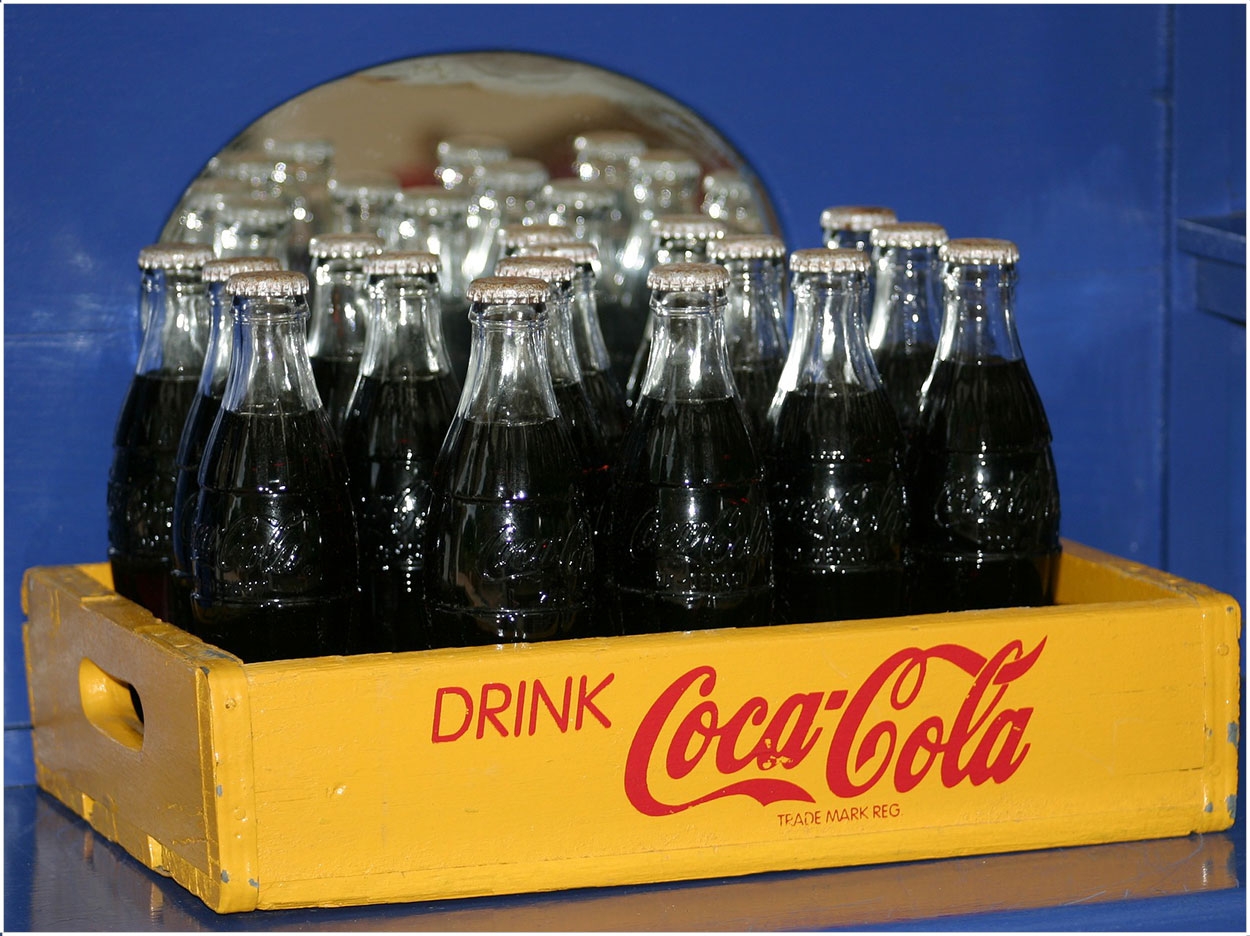
Soft drinks—even diet drinks, sports drinks, and fruit drinks that are low in sugar or sugar free—include acids that can damage teeth. To help orthodontic patients manage these risks, the American Association of Orthodontists (AAO) has prepared a list of the pH levels of more than 30 popular beverages.
“It’s tempting to reach for soft drinks. People around us drink them regularly, they are easily purchased in vending machines and at convenience stores, and many are heavily advertised,” said Morris N. Poole, DDS, and president of the AAO. “Sugar is known to be bad for the teeth, but sugar-free soft drinks present dangers, as well.”
According to the AAO, the acid in soft drinks pulls the calcium out of enamel. Such decalcification can lead to cavities. When soft drinks also include sugar, the risk of cavities increases. The sugar interacts with plaque and forms another acid to further dissolve the enamel, and when the enamel is gone, the loss is permanent.
Water has a pH level of 7.0, which is neutral. Liquids with a pH below 7.0 are considered acidic. Tooth enamel begins to dissolve at a pH level of 5.5. According to the AAO, 2% milk from Prairie Farms has a pH of 6.7. Black coffee has a pH of 6.12. Tropicana orange juice with no pulp has a 3.93 pH, and Mott’s apple juice is 3.75.
Other common brands on the list include Red Bull at 3.5, Mountain Dew at 3.34, Red Berry Capri Sun at 3.19, orange Gatorade at 2.99, Dr. Pepper at 2.98, pomegranate 5-Hour Energy at 2.91, Minute Maid lemonade at 2.63, Pepsi at 2.62, and Coca-Cola at 2.6. Stomach acid, meanwhile, has a pH of 1.5, and battery acid has a pH of 1.0.
The dangers are particularly troublesome for orthodontic patients. Brackets protect the portions of teeth that they cover, but decalcification can occur around their perimeters, leaving teeth with permanent outlines of where the brackets were after they are removed. Decalcification can become evident within 4 months.
“This is a huge disappointment to patients and their orthodontists,” said Poole.
The AAO also encourages patients to refrain from drinking soft drinks while wearing clear aligners or retainers. Liquid seeps into aligners and stays there until the aligner is removed. If the liquid contains acid, the prolonged exposure accelerates damage to the teeth. Extensive decay and the need for expensive restorations may follow.
All patients who do consume such beverages should drink them through a straw to minimize acid contact with their teeth, and they should have these drinks with a meal. They also should drink them quickly and avoid sipping. And when they’ve finished their drink, they should brush right away, or at the very least, rinse with water.
“Realistically, we recognize that patients may indulge in soft drinks from time to time,” said Poole. “While we don’t begrudge anyone the occasional sweet treat, it is imperative that for good oral health, the indulgence is immediately followed by thorough brushing and flossing. We want the very best outcomes for our patients.”
Related Articles
Sugar-Free Drinks Are Bad for Teeth, Too
Pro Soccer Players Show Poor Oral Health












